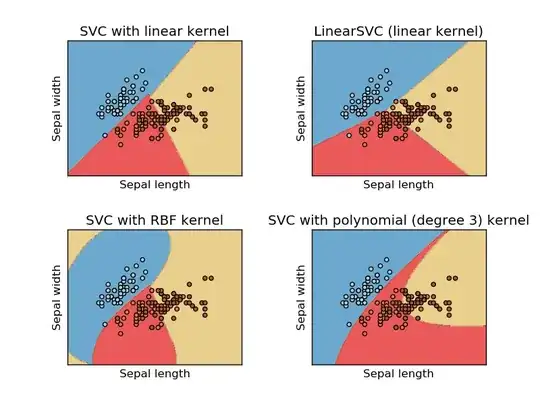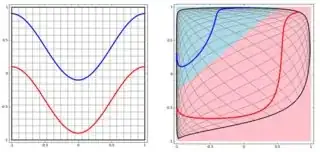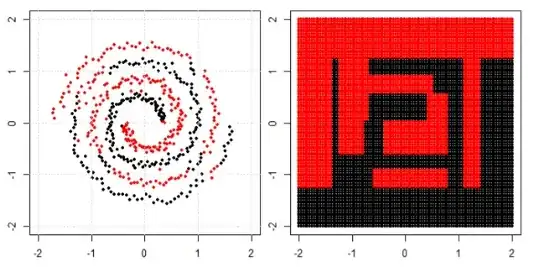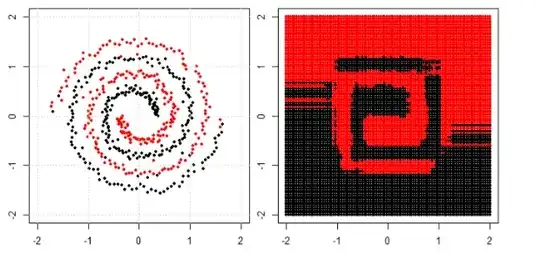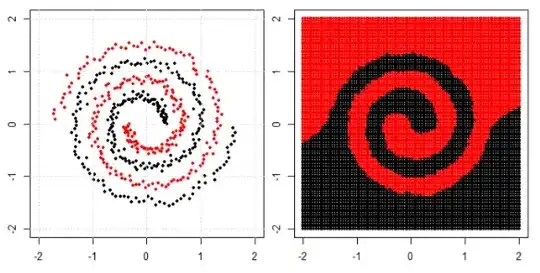I am an enthusiast of programming and machine learning. Only a few months back I started learning about machine learning programming. Like many who don't have a quantitative science background I also started learning about ML by tinkering with the algorithms and datasets in the widely used ML package(caret R).
A while back I read a blog in which the author talks about usage of linear regression in ML. If I am remembering correct he talked about how all machine learning in the end uses some kind of "linear regression"(not sure whether he used this exact term) even for linear or non-linear problems. That time I didn't understood what he meant by that.
My understanding of using machine learning for non-linear data is to use a non linear algorithm to separate the data.
This was my thinking
Let's say to classify linear data we used linear equation $y=mx+c$ and for non linear data we use non-linear equation say $y=sin(x)$
This image is taken from sikit learn website of support vector machine. In SVM we used different kernels for ML purpose. So my initial thinking was linear kernel separates the data using a linear function and RBF kernel uses a non-linear function to separate the data.
But then I saw this blog where the author talks about Neural networks.
To classify the non linear problem in left subplot, the neural network transforms the data in such a way that in the end we can use simple linear separation to the transformed data in the right sub-plot
My question is whether all machine learning algorithms in the end uses a linear separation to classifiction(linear /non-linear dataset)?
